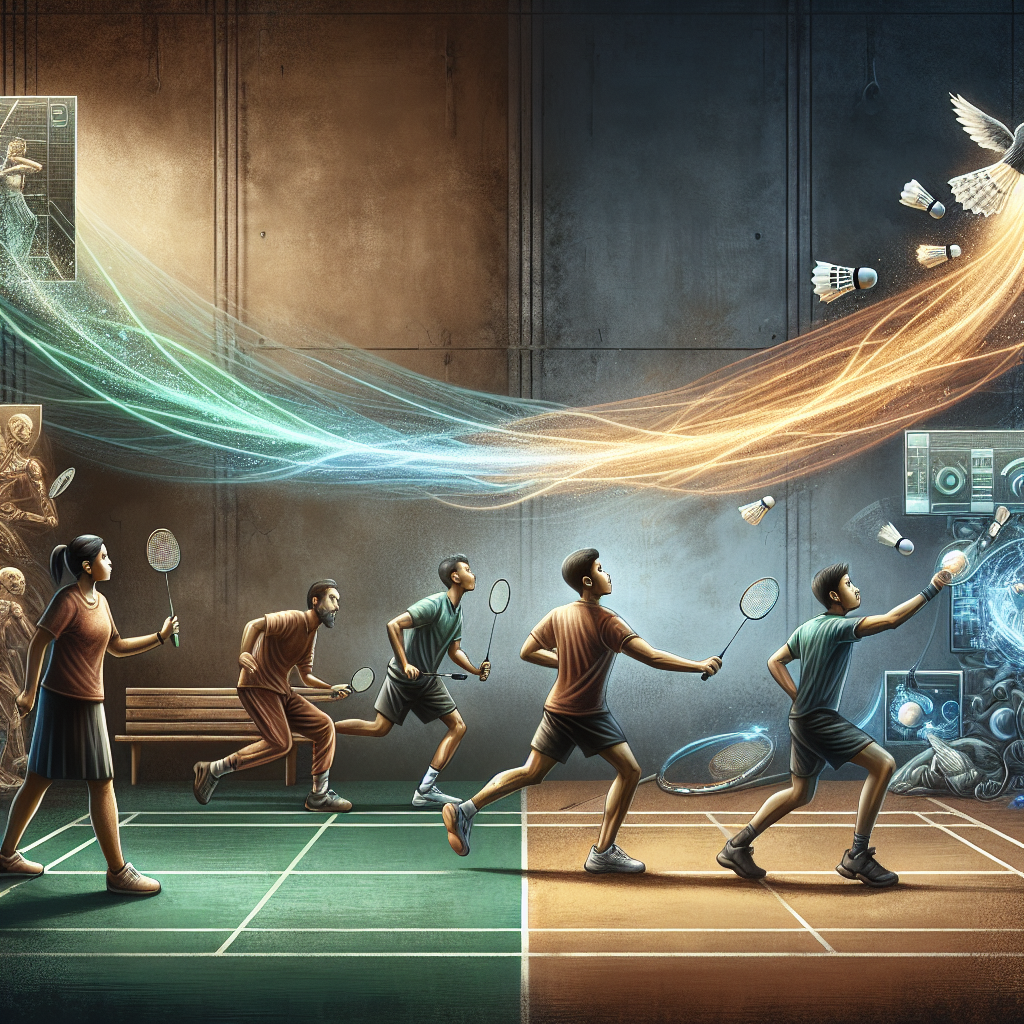The Evolution of Shuttle Flash Badminton Coaching Techniques
Badminton has always been a sport that demands agility, speed, and precision. But just like any other sport, the way it’s taught and coached has evolved over the years. From simple shuttle drills to advanced technological interventions, badminton coaching has come a long way. Let’s dive into the fascinating evolution of shuttle flash badminton coaching techniques!
Table of Contents
1. Introduction to Shuttle Flash Badminton
2. The Early Days of Badminton Coaching
3. The Technological Revolution in Badminton
4. Modern-Day Shuttle Flash Techniques
5. The Role of Mental Conditioning
6. Conclusion
7. FAQs
Introduction to Shuttle Flash Badminton
Shuttle flash badminton is not just about hitting a shuttlecock back and forth; it’s an art of precision and speed. Players have to anticipate their opponent’s moves, react quickly, and execute their shots with finesse. To achieve this, coaching techniques have evolved, integrating new methodologies and technologies to enhance player performance.

The Early Days of Badminton Coaching
In the early days, badminton coaching was straightforward. Coaches focused primarily on basic techniques and physical conditioning. The training involved repetitive drills to improve stroke play and footwork. Players were taught to master the basic skills before moving on to more complex strategies. The emphasis was on discipline and consistency, which laid a strong foundation for players.

The Technological Revolution in Badminton
The advent of technology has significantly transformed badminton coaching. With the introduction of video analysis, players can now review their matches, identify mistakes, and work on specific areas of improvement. Slow-motion replays have made it easier to analyze every shot and footwork intricately, allowing for precise corrections. Moreover, wearable technology helps in tracking players’ physical metrics, providing insights into their fitness levels and helping tailor personalized training regimes.
Modern-Day Shuttle Flash Techniques
Today, shuttle flash techniques have become more dynamic and data-driven. Coaches use data analytics to study opponent patterns and devise strategies accordingly. Training sessions now include a blend of traditional drills and innovative exercises designed to enhance speed, agility, and tactical intelligence. Virtual reality (VR) is also making its way into badminton coaching, offering players immersive experiences to simulate real-match conditions and improve decision-making skills.
The Role of Mental Conditioning
Beyond physical training, modern badminton coaching places a significant emphasis on mental conditioning. Players are encouraged to develop a strong mental game, which is crucial during high-pressure matches. Techniques such as visualization, mindfulness, and cognitive behavioral strategies are employed to boost players’ confidence, focus, and resilience. After all, a well-prepared mind is as important as a well-trained body on the court. 🧠💪
Conclusion
The evolution of shuttle flash badminton coaching techniques is a testament to the sport’s growth and the relentless pursuit of excellence. From the basic drills of the past to today’s high-tech training methods, badminton coaching has continually adapted to the changing demands of the game. As we look to the future, it’s exciting to imagine what new innovations will emerge to further enhance the way this beautiful sport is played and taught.
FAQs
Q1: What is shuttle flash badminton?
A: Shuttle flash badminton refers to fast-paced, precision-based badminton training techniques that focus on speed, agility, and tactical excellence.
Q2: How has technology impacted badminton coaching?
A: Technology has allowed for detailed video analysis, use of data analytics, and integration of virtual reality, enhancing player training and strategic planning.
Q3: Why is mental conditioning important in badminton?
A: Mental conditioning helps players maintain focus, build confidence, and manage stress during matches, which is crucial for optimal performance.
Q4: What role does data analytics play in modern badminton coaching?
A: Data analytics helps coaches analyze player performance, study opponent tactics, and develop personalized training strategies to improve player skills and match outcomes.
